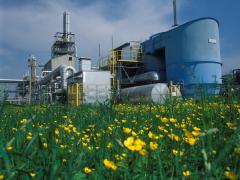Exploring IMAGE model scenarios that keep greenhouse gas radiative forcing below 3 W/m2 in 2100
A high probability of limiting temperature increase to 2 °C requires a radiative forcing below 3 W/m², around the end of this century, according to current knowledge. This paper identifies conditions under which achieving such low radiative forcing levels is feasible.
Calculations here show that such targets could be achieved, based on technical and physical considerations, provided some key conditions are met. These key conditions include early participation by major sectors and regions in sufficiently stringent policy regimes, and a wide portfolio of mitigation options. Bio-energy and carbon capture and storage (CCS) play an important role in achieving low stabilisation targets. This would require optimistic assumptions with respect to the expansion of the area needed for food production, to allow space for bio-energy crops, and a significant increase in the efficiency of second-generation biofuels. The sensitivity analysis shows that if certain technologies are removed from the available portfolio, low targets — especially the 2.6 W/m2 target — are no longer within reach.
Authors
Specifications
- Publication title
- Exploring IMAGE model scenarios that keep greenhouse gas radiative forcing below 3 W/m2 in 2100
- Publication date
- 19 July 2010
- Publication type
- Publication
- Magazine
- Energy Economics (published online, article in press)
- Product number
- 92512




